Horror’s Most Sympathetic Monsters, Ranked By Likability
Since the days of the Universal Monster movies, the monster/creature archetype has always been an antagonistic force that stands between the protagonists and their goals, and almost always carries away some damsel in distress. It's an overplayed cliche that's as old as the genre itself.
That being said, there are many monster movies in which the titular character is not the real villain, but rather abstracts like society, perception, science, and social norms. Are these creatures of the night really things of evil, or are they sympathetic victims of a cruel world? In the realms of classic horror, who's the real monster?
10 Leatherface
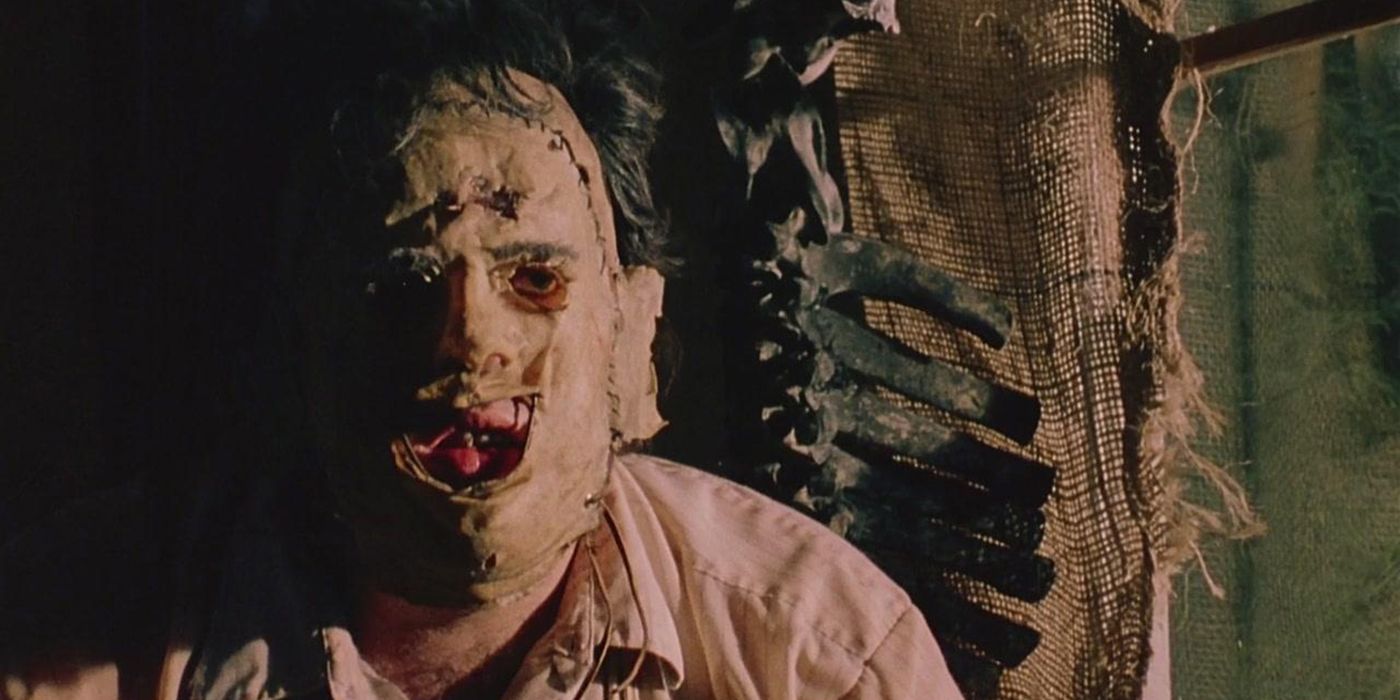
For the record, this is only concerning the original Leatherface from the 1974 classic. While a giant man who wields a chainsaw and wears other people's faces might seem incredibly evil, one can't help but notice how the big guy is treated by the rest of his cannibal clan.
Is he really doing all this carnage because he wants to, or is he just a pawn for the rest of the Sawyer family? What other villain has a pitiful nervous breakdown in the middle of their movie?
9 Jason Voorhees
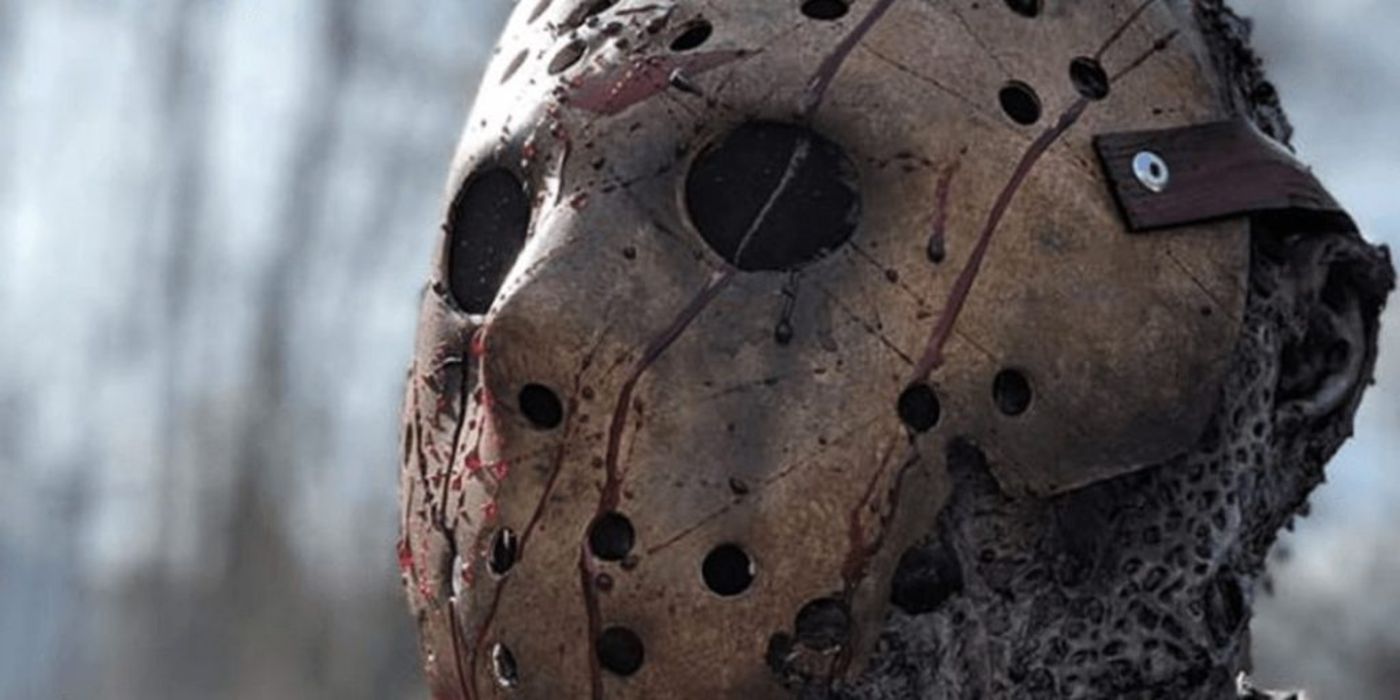
Watching a Jason movie is like watching a Kaiju movie, audiences just want to see him tear through things. While his overall narrative doesn't really put him in a heroic light, his tragic backstory makes him more sympathetic than most masked slashers.
He's drowned as a boy, witnesses the death of his mother, and constantly has to fend off intruding campers in his woods. Is Jason really a villain or is he just protecting home base?
8 The Ghosts of Crimson Peak
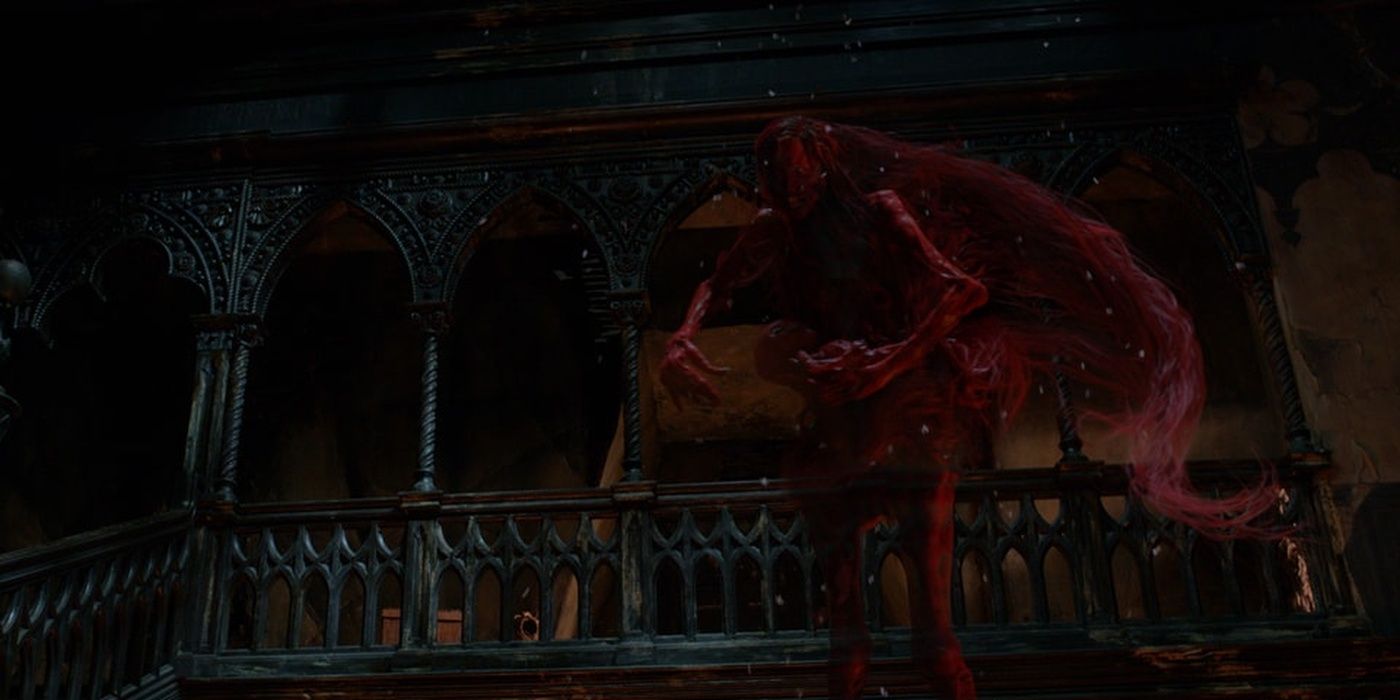
Guillermo del Toro is the undisputed champion of the monster movie, and his ghosts from Crimson Peak are not only grotesque but gorgeous. All of the ghosts died in some horrible way and their spectral forms reflect it.
There are ghosts with broken necks, moth-eaten flesh and clothing, caved skulls, and still bleeding wounds. All of them are hauntingly beautiful as every apparition tells a tragic tale. To call them evil would be grossly unfair.
7 Sarah Bellows
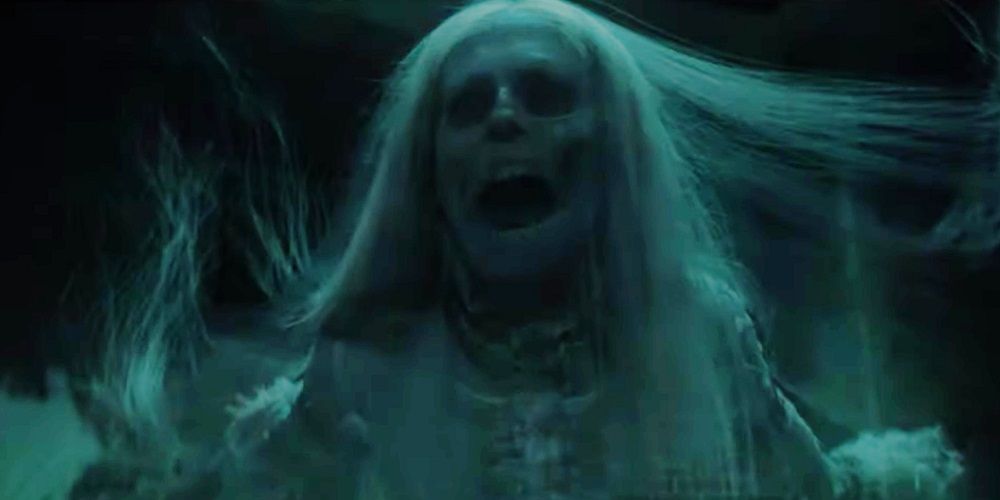
Scary Stories to Tell in the Dark not only reintroduced the work of Alvin Schwartz to mainstream audiences, but brought a new monster to the mix as well.
A vengeful spirit wrongfully persecuted by her family seeking revenge through her writings is a phenomenal concept. With her tattered white dress, tall gaunt form, and dark sunken eyes, she definitely doesn't disappoint.
6 The Wolf Man
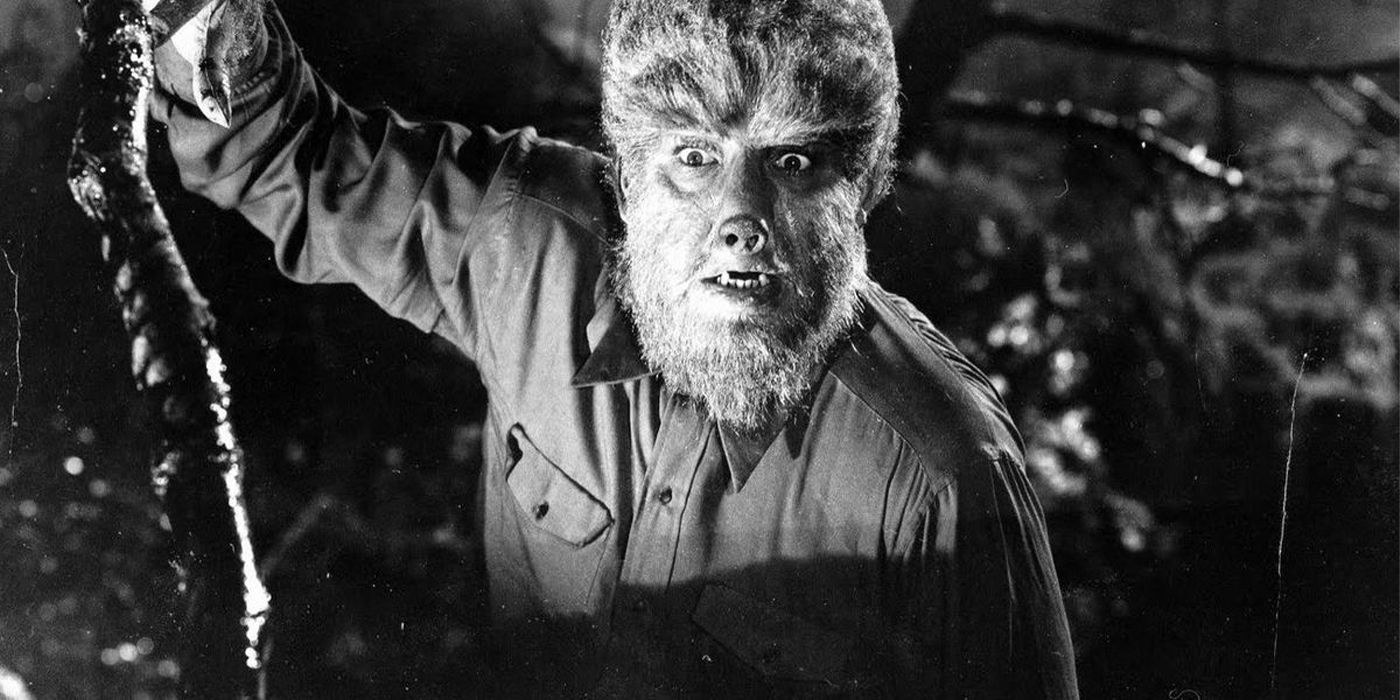
The original movie werewolf has a certain kind of sympathy rarely seen with other creatures these days. What separates Larry Talbot from other monsters of his breed is the fact that he doesn't want to do the horrible acts his creature counterpart commits.
The Wolfman is a monster by circumstance and not by choice. When the moon rises, he loses all control and gives in to his wild animal instinct as he becomes the monster within.
5 The Phantom of the Opera
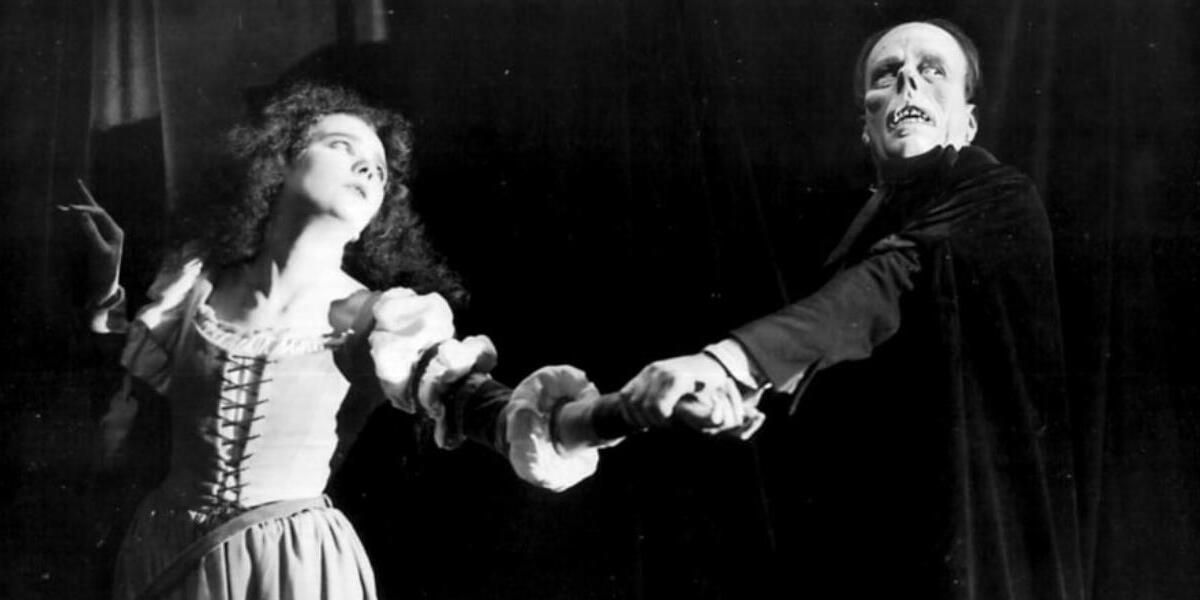
Gaston Leroux's Phantom of the Opera is probably the original sympathetic monster. While the Phantom himself is no supernatural threat, his facial disfigurement hides the musical genius behind a mask in more ways than one.
“If I am the phantom, it is because man's hatred has made me so." With this line, the Phantom's motivation is entirely captured. From the tragic performance of the Lon Chaney original 2 the redeemed Herbert Lom version, The Phantom still tugs at heartstrings to this day.
4 Frankenstein's Monster
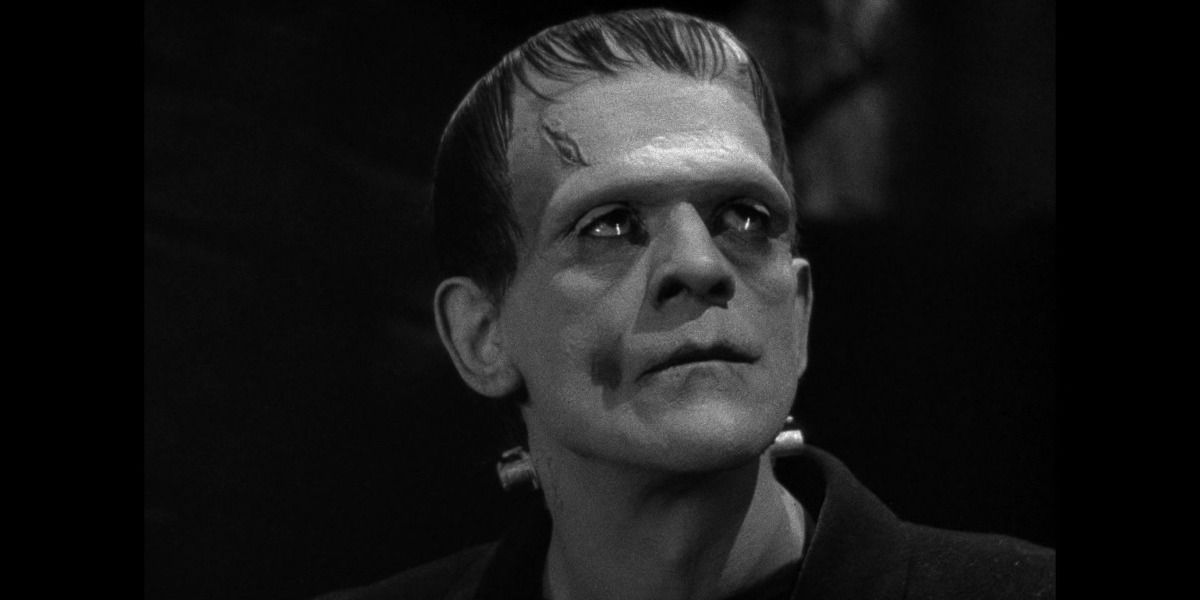
Intelligence is knowing that Frankenstein isn't the monster, but wisdom is knowing that he is. The reanimated creature is born into a world that fears him, making him isolated and all alone before he even takes his first steps.
Many versions have come and gone, but the main theme of the story of Frankenstein is that there are consequences to creating life, whether that's natural or unnatural. The creature commits monstrous acts, but only because a monstrous act made him the way he is.
3 Quasimodo
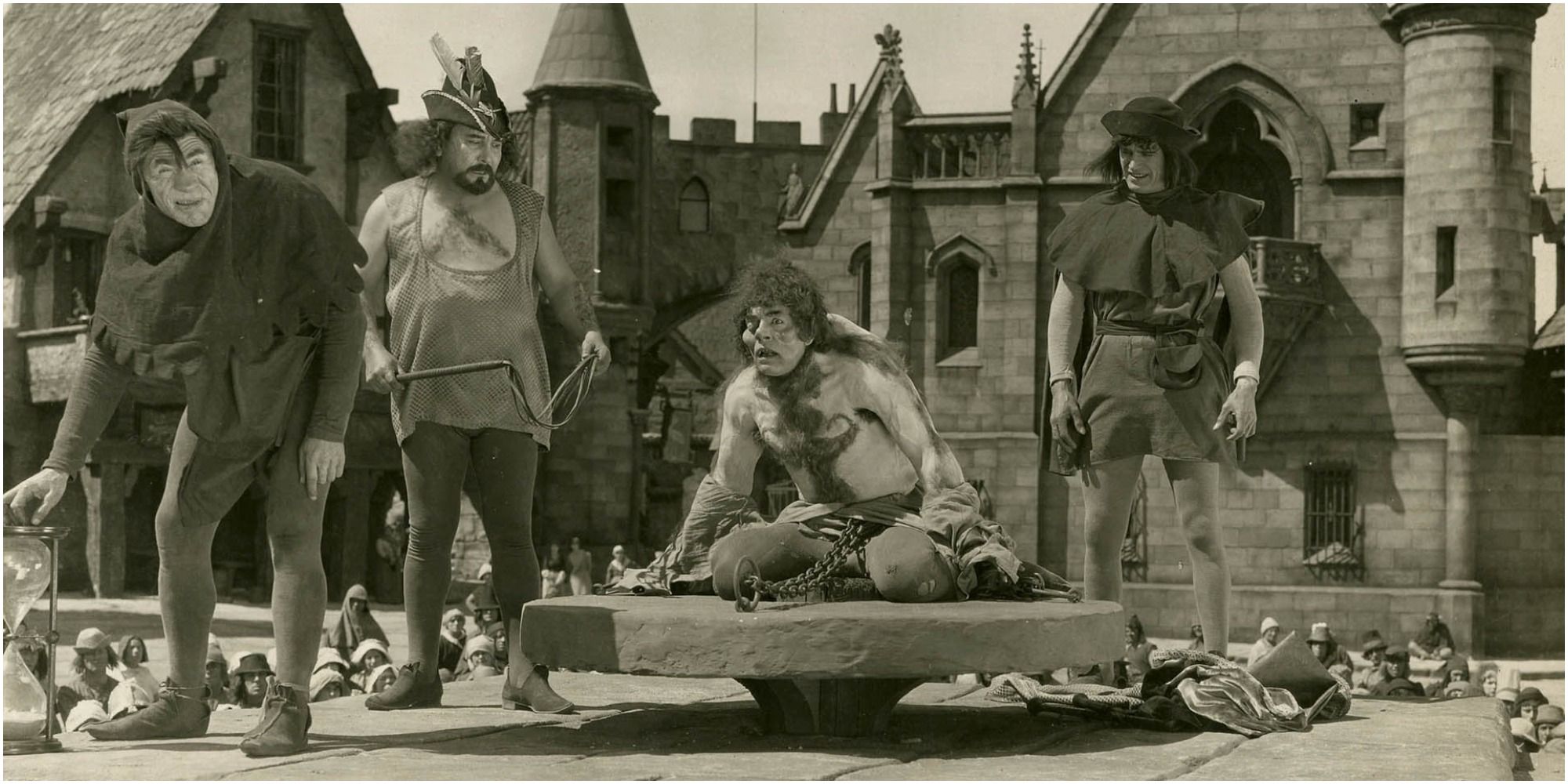
Whether it's the Disney version or the Lon Chaney version, one fact that can't be denied is that Quasimodo gets the short end of the stick. Physical deformities are something no one can control, and yet they distort humanity's perception so frequently.
If the titular Hunchback didn't live in a house of God, he would no doubt be subjected to a much crueler fate. Although, living under Frollo probably didn't help things either.
2 Gwynplaine
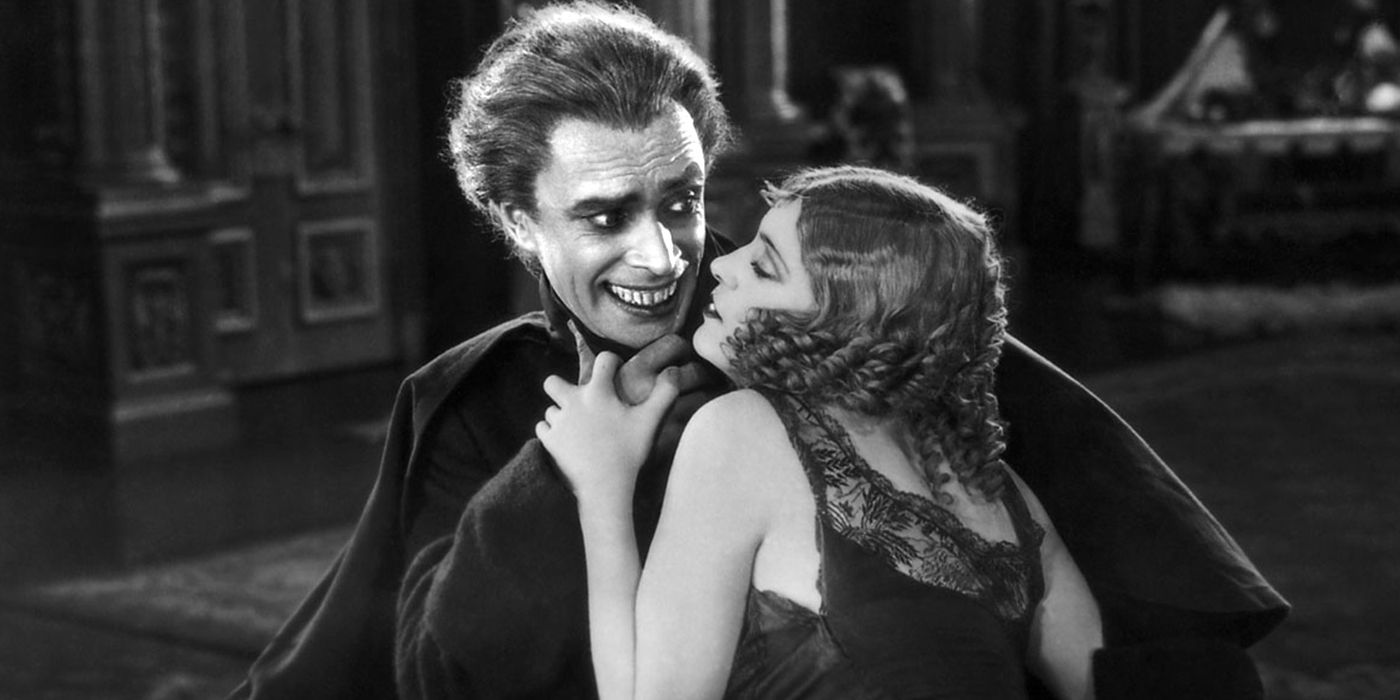
Yet another disfigured creature from the mind of Victor Hugo, the titular Grinning Man from The Man Who Laughs is one of the most tragic figures in both French literature and silent films. While this slender and smiling individual might have inspired Gotham City's Joker, his story is no laughing matter.
Gwynplaine is struck with a permanent rictus grin and is forced to work as a traveling oddity. It's a rags to riches romance story with a grotesque leading man and one that continues to inspire other entries in the genre.
1 The Amphibian Man
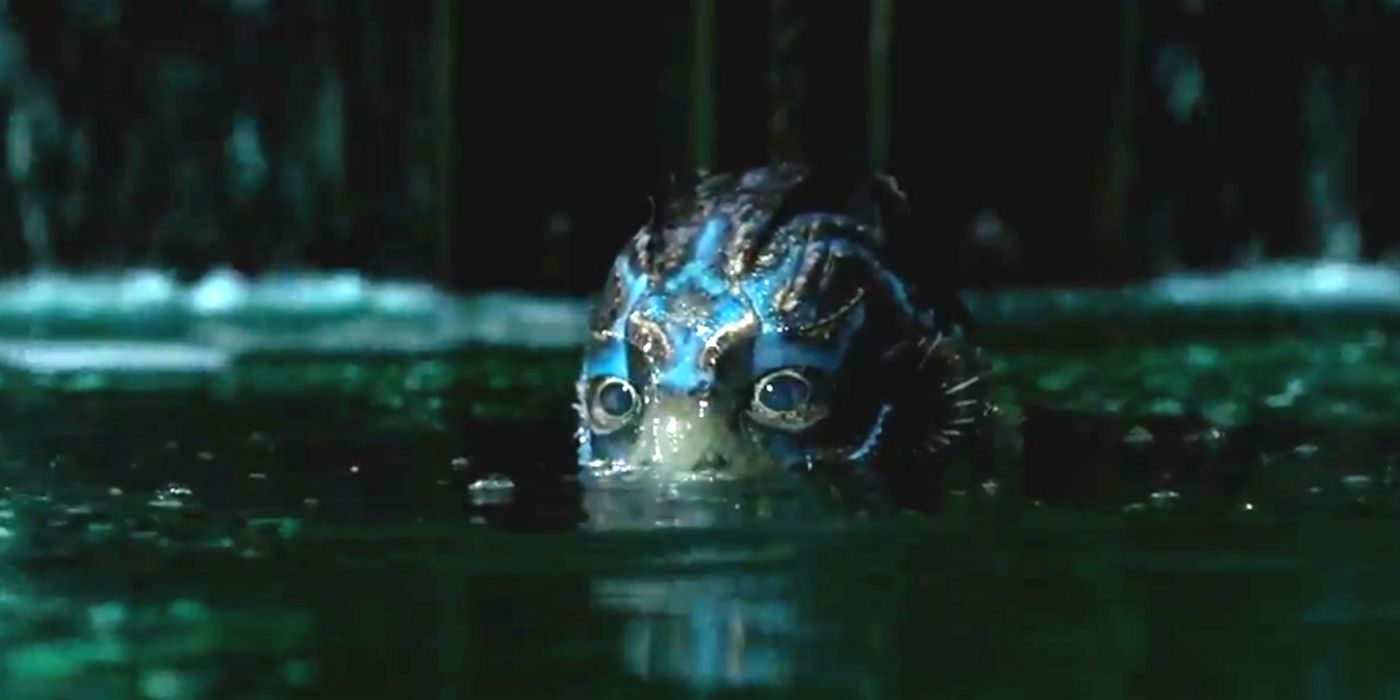
Guillermo del Toro's Shape of Water redefined what a monster movie could be. Like many that came before it, it depicted mankind as the real villain but didn't shy away from an otherworldly leading character.
Played phenomenally by the incomparable Doug Jones, the Amphibian Man brought a monster into the role of the romantic lead to much surprise and acclaim. If ever there was a film that made one fall in love with a monster, this is it.
from ScreenRant - Feed


